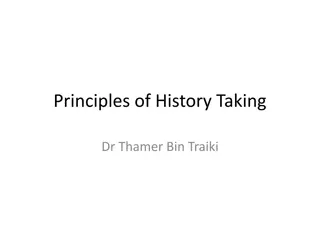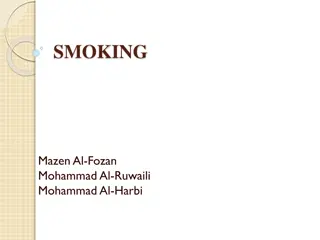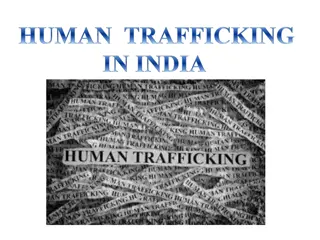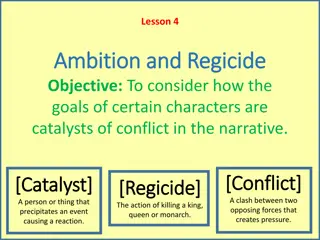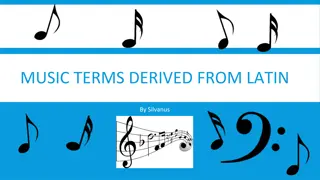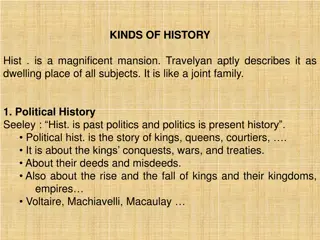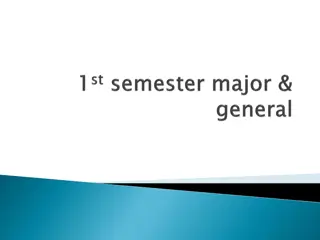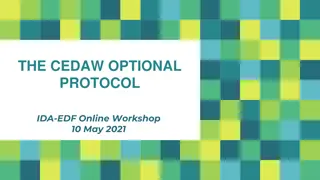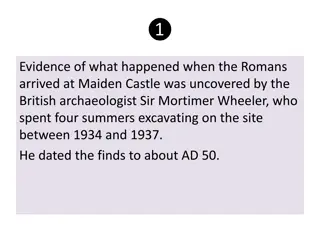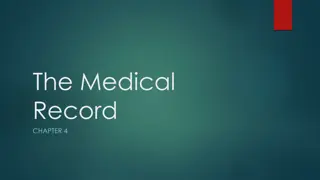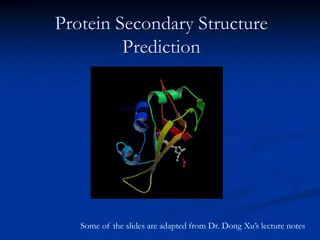Find-a-Grave History and Structure - An Overview
Find-a-Grave, created in 1995 by Jim Tipton, has evolved into a commercial site with Ancestry.com acquiring it in 2013. The platform's future plans include launching a new mobile app, enhancing customer support, and improving data entry systems and foreign language support. This comprehensive guide delves into the data and TMG tags prioritizing births, deaths, marriages, burials, military service, obituaries, and family records. It also explores the significance of the Find-a-Grave Memorial Number, writing sources, and detailing cemeteries and crematoria. Additionally, it references Billion Graves and Joy Neighbors' contributions to Genealogists.com's cemetery culture blog.
Download Presentation

Please find below an Image/Link to download the presentation.
The content on the website is provided AS IS for your information and personal use only. It may not be sold, licensed, or shared on other websites without obtaining consent from the author.If you encounter any issues during the download, it is possible that the publisher has removed the file from their server.
You are allowed to download the files provided on this website for personal or commercial use, subject to the condition that they are used lawfully. All files are the property of their respective owners.
The content on the website is provided AS IS for your information and personal use only. It may not be sold, licensed, or shared on other websites without obtaining consent from the author.
E N D
Presentation Transcript
Find-a-Grave History and Structure Created in 1995 by Jim Tipton Launched as a commercial site in 1998 Incorporated in 2000. 2013 Ancestry.com acquires Find-a-Grave 2
Find-a-Grave History and Structure (continued) Ancestry s future plans for Find-a-Grave: Launch a new mobile app Improve customer support Introduce an improved system for adding data Foreign language support 3
Find-a-Grave Data and TMG Tags Which Ones? The Big 4 B, D, M, B: Births good on dates, so-so on POB. Deaths good on dates, so-so on POD. Marriages good on names, so-so on dates & places. Burials poor on dates, excellent on places. Military Service may provide units, dates served, decorations/awards, pension data. Obituaries some (I usually copy obits to death or burial tag). Other good on name, dates, places of parents, siblings, and spouses (use this data to build family records). 8
Find-a-Grave Data and TMG The Find-a-Grave Memorial Number Find-a-Grave Memorial Number The Index Value for each Find-a- Grave record- Here s where I put it for each tag. 9
Find-a-Grave Data and TMG Sources how to write? 10
Find-a-Grave Data and TMG Places Cemeteries, Crematoria, etc. 11
Similar/Related Sites & Blogs Billion Graves [URL] Joy Neighbors is the media manger for Genealogists.com and writes the weekly cemetery culture blog, A Grave Interest www.agraveinterest.blogspot.com Stone Chasers http://stonechasers.blogspot.com/ Online Searchable Death Indexes and Records - http://www.deathindexes.com/ (also contains links for death records for the following cities: Chicago, Detroit, Los Angeles, New York City, and St. Louis). 12
Similar/Related Sites & Blogs Categories/# Sites from Cyndi s List: Death Records (1182) Cemeteries & Funeral Homes (3058) Obituaries (559) Deceased Online ( The central database for UK burials and cremations ) - http://www.deceasedonline.com/ (searching the index is free, but viewing, printing, and downloading are not) 13


